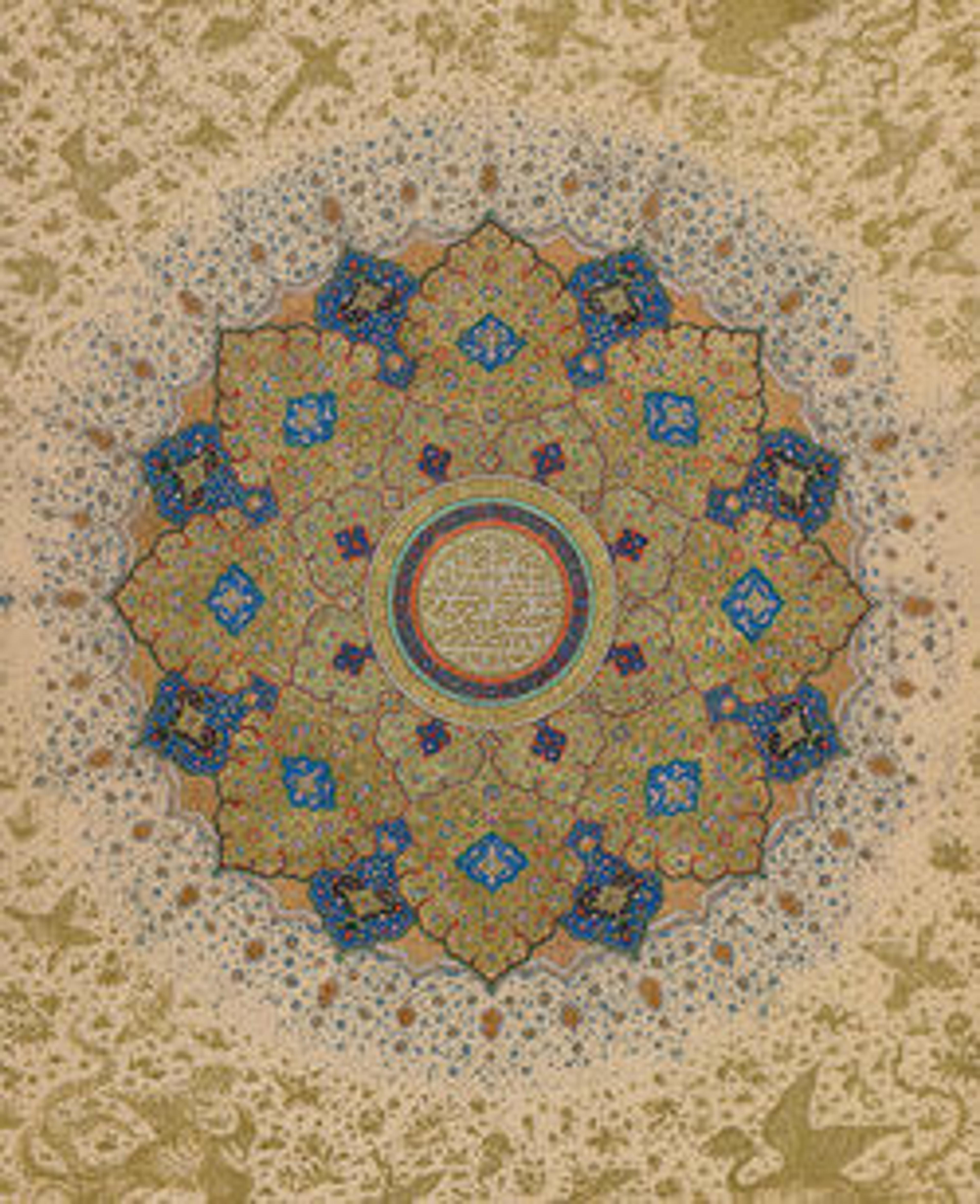Khurasan Carpet Fragment
With its rich pattern and extensive color palette, this large fragment once formed part of a magnificent carpet. This piece exhibits the use of jufti (or paired) knotting, characteristic of a small group of carpets and carpet fragments attributed to the northeastern Iranian province of Khurasan. The carefully-drawn flowers, incorporating serrated, curling leaves, resemble those of the so-called sāz style, which became popular in Iran and Turkey in the sixteenth century.
Artwork Details
- Title:Khurasan Carpet Fragment
- Date:second half 16th century
- Geography:Made in Northeastern Iran, Khurasan
- Medium:Cotton (warp), silk (weft), wool (weft and pile); asymmetrically knotted pile
- Dimensions:Rug:
L. 108 11/16 in. (276 cm)
W. 31 1/8 in. (79 cm)
Mount:
H. 112 1/4 in. (285.1 cm)
W. 34 5/8 in. (87.9 cm)
D. 2 1/4 in. (5.7 cm)
Wt. 121 lbs. (54.9 kg) - Classification:Textiles-Rugs
- Credit Line:Fletcher Fund, 1991
- Object Number:1991.154
- Curatorial Department: Islamic Art
More Artwork
Research Resources
The Met provides unparalleled resources for research and welcomes an international community of students and scholars. The Met's Open Access API is where creators and researchers can connect to the The Met collection. Open Access data and public domain images are available for unrestricted commercial and noncommercial use without permission or fee.
To request images under copyright and other restrictions, please use this Image Request form.
Feedback
We continue to research and examine historical and cultural context for objects in The Met collection. If you have comments or questions about this object record, please contact us using the form below. The Museum looks forward to receiving your comments.
